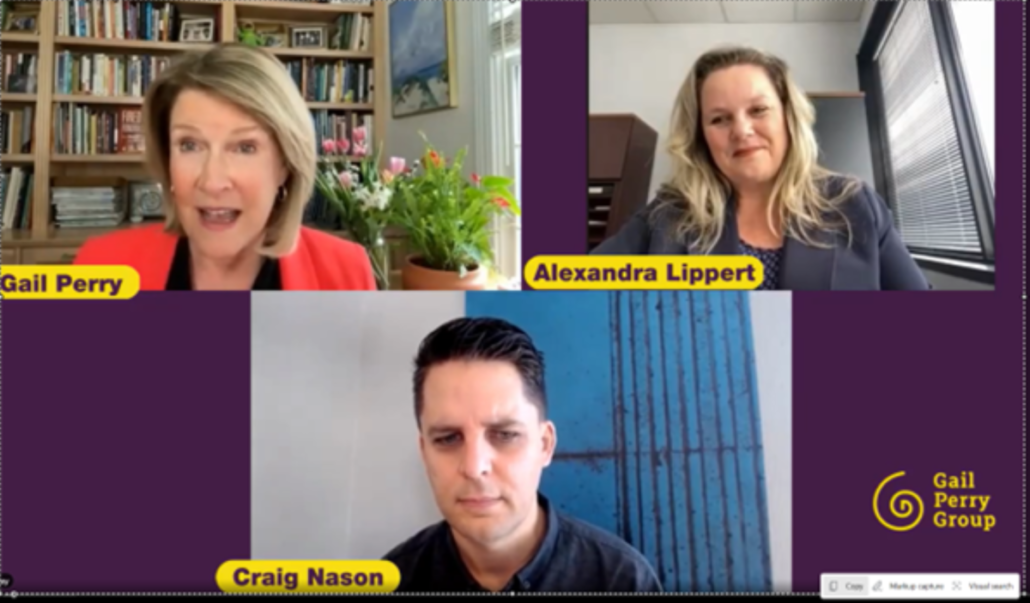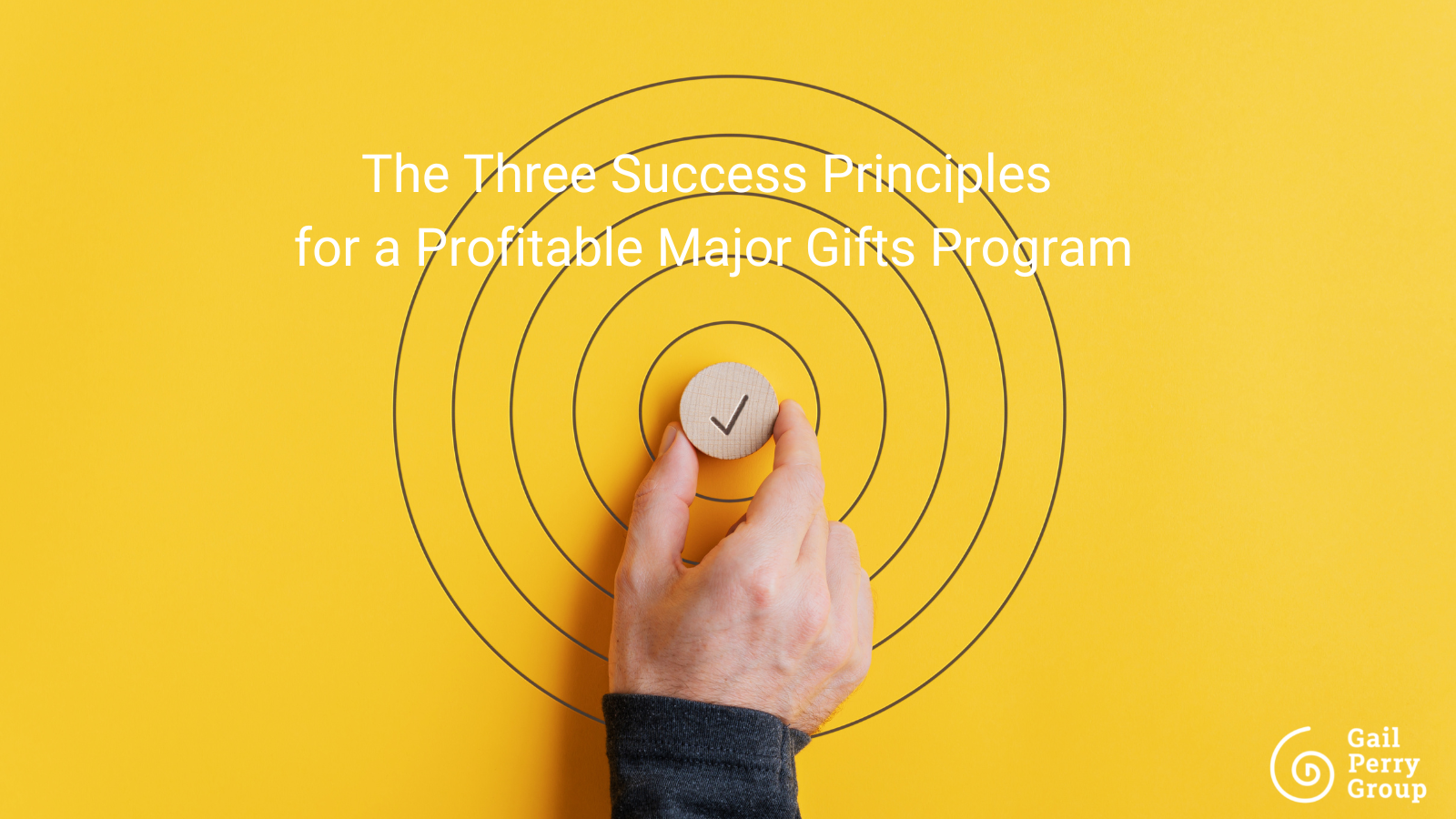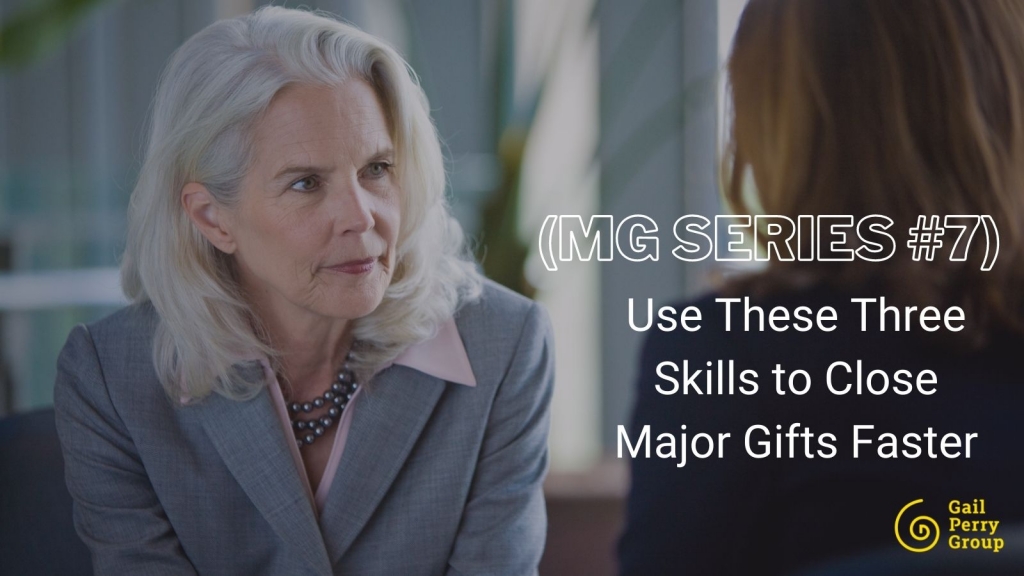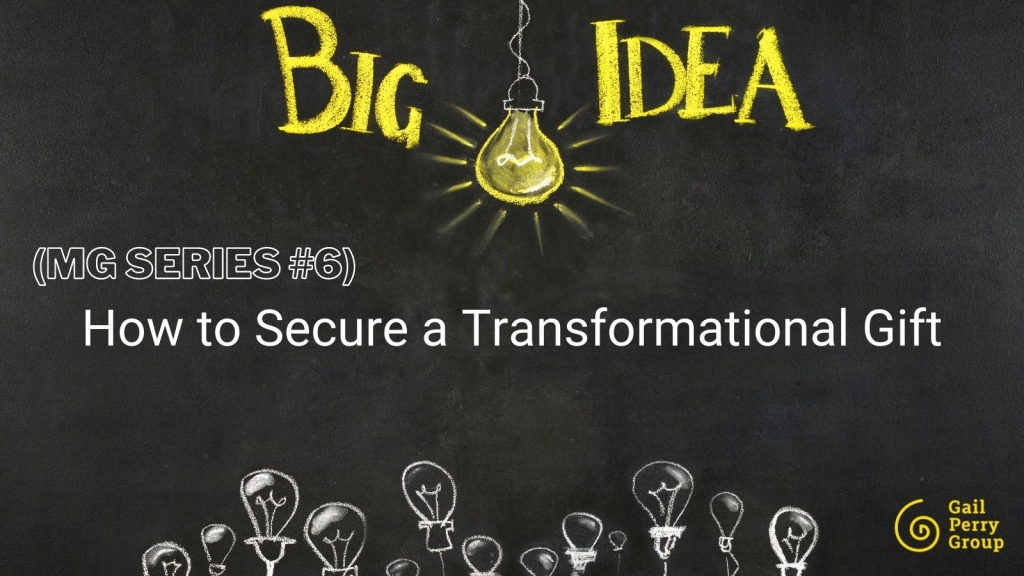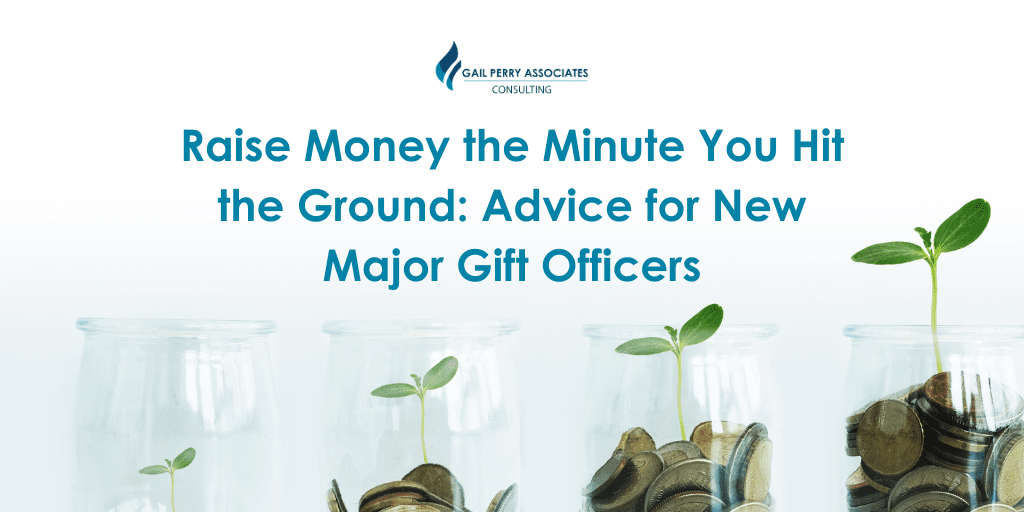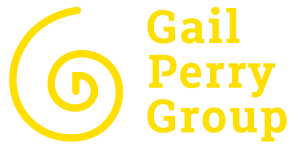Yes, there are many more major gifts fundraising mistakes to discuss! The activity of engaging with a potential donor, face to face, or person to person, can create fear and anxiety in many people. At best, it can feel terribly awkward. On the other hand, if you are really interested in the donor as a person and want to know more about them, the encounter can be enjoyable and highly productive. We shared four top fundraising mistakes last week here, and this post shares three more common blunders we see every day.
Major Gift Fundraising Mistake #5: Talking Too Much!
Too many nonprofit leaders blather away at their donors, thinking they need to “sell” the donor on a big idea or opportunity. Yes, you do want to share your ideas, but don’t forget that your donor has a lot to say too, and also wants to share THEIR ideas with you. They don’t want to be talked “at.” Instead, your donor wants to be heard. Imagine that! And it’s your responsibility in a donor visit, to hold the space, so to speak, for the donor to share that’s in their head and in their heart. If you do all the talking in a donor visit, you accomplish nothing. In fact, if you are talking more than 50% of the time, you are shooting yourself in the foot! My motto has always been: “When in doubt, shut up.” If you are not sure what to say, I can promise you that your donor will fill the silence and say something. And you really want to know what is on your donor’s mind!
Mistake #6: Not Upgrading Donors
How do you upgrade a donor to give at a higher level? So many fundraisers are stuck and don’t know how to bring this up without feeling awkward or pushy. In fact, fundraisers are often so nervous about asking for a higher gift amount, that they often leave money on the table. But the reality is that your donor may be absolutely willing to give more – but you don’t know how to bring it up! It’s easy. First, be sure to ask for permission to bring up the topic of a gift. All you have to do is ask your donor if they’d like to do more. Or if they’ve ever considered doing something more. Your donor will surprise you! You can say, “If I may, can I ask you if you ever thought about doing something more?” You just may be surprised!
Mistake #7: Missing the most important prospects.
Fundraising leaders tell us that their teams are often confused and lack focus. MGO’s don’t understand how to find the right donors. They fritter away their time on the wrong people. When that happens, no one raises money! Many MGO’s have up to 150 prospects in their portfolio. How do you manage all these people? How do you set priorities? It can be a confusing morass. We believe in the Top 10, Next 20, Next 30 approach. You can be successful if you organize and prioritize your donors in this simple format. Your Top 10 donors get the most attention. Your Next 20 donors are in line next. And, your Next 30 donors can fill in when you can’t see the other top ones. This structure has worked for many of our clients and we strongly recommend it to you.
Bottom Line: Avoid These Major Gifts Fundraising Mistakes!
Don’t feel alone! We’ve made these blunders before ourselves. Let these videos guide you and your team to major gifts fundraising success!
